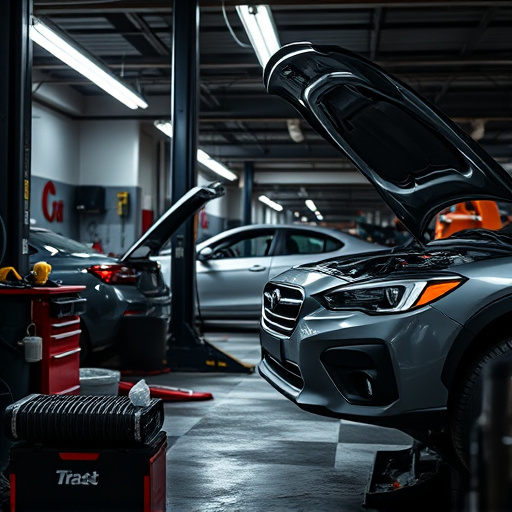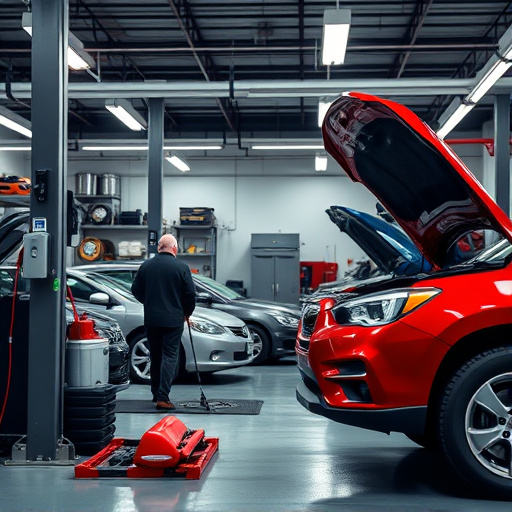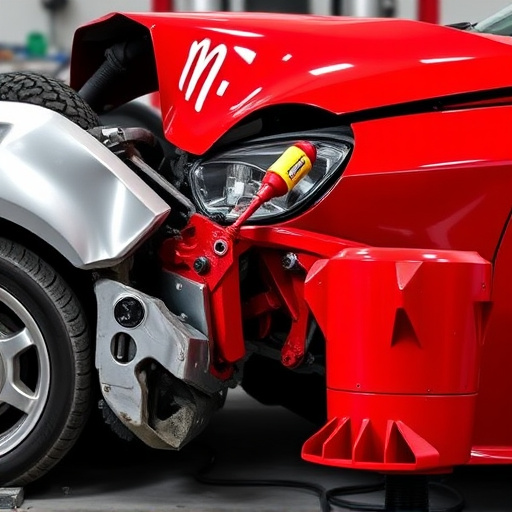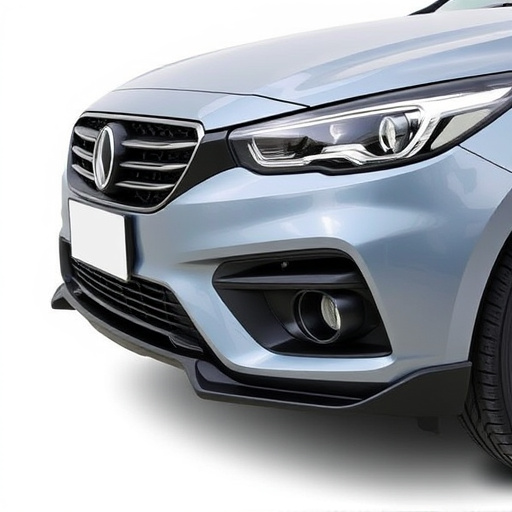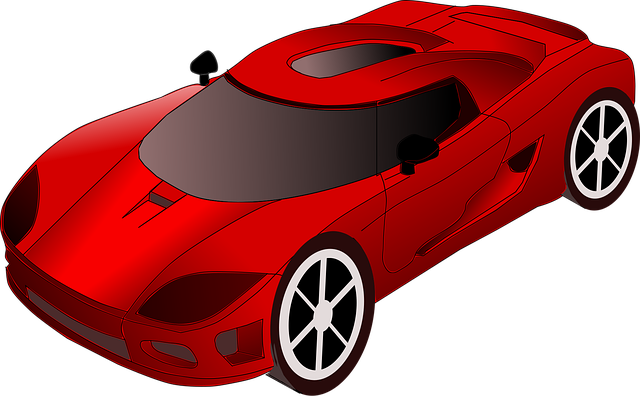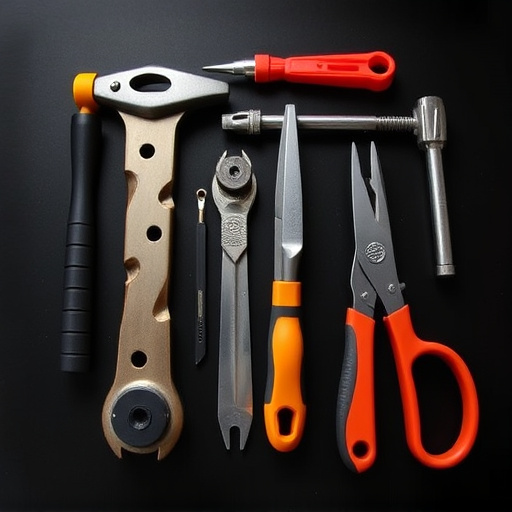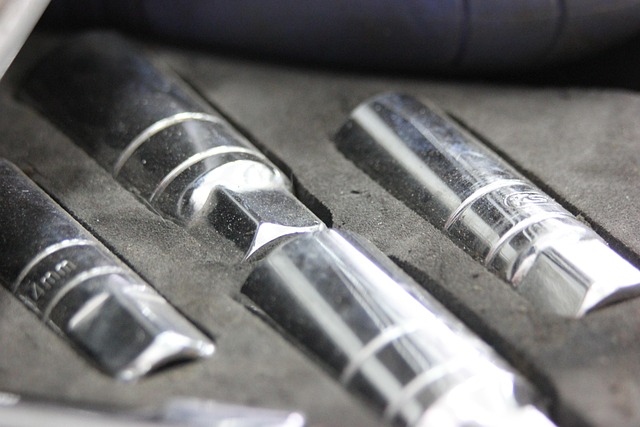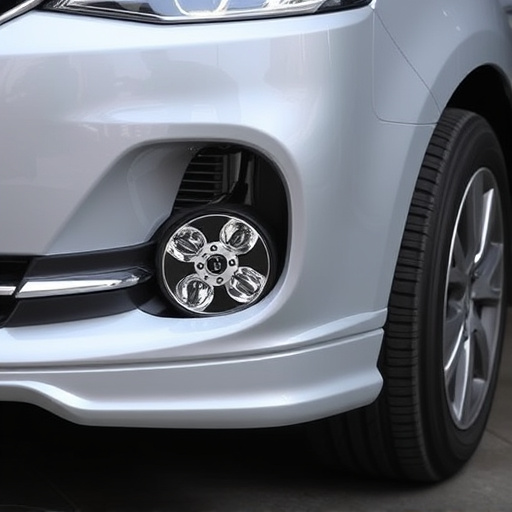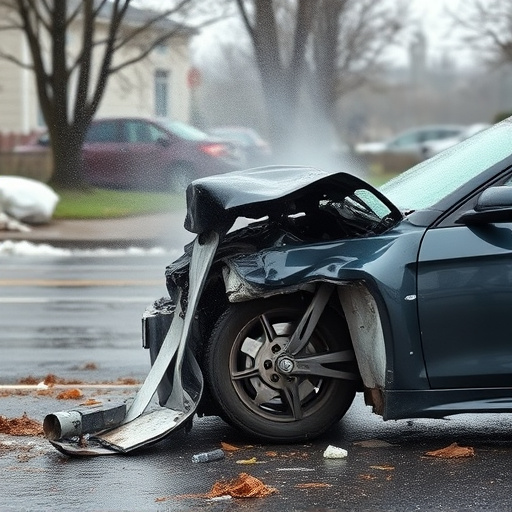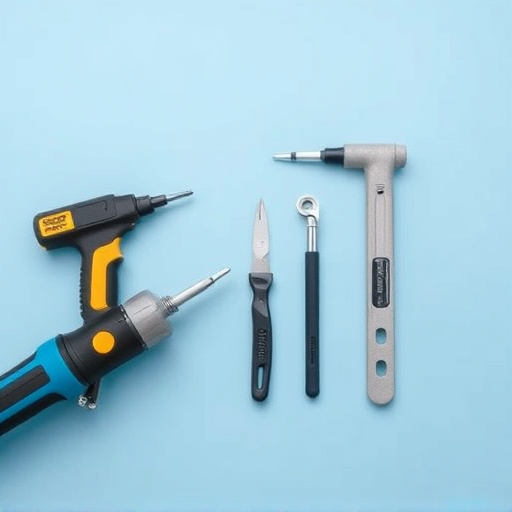3D car scanning technology revolutionizes automotive industry standards by offering unparalleled precision in diagnostics. This advanced system captures millions of data points to create highly accurate 3D models, enhancing mechanics' visibility and accuracy for collision repair and custom painting. It streamlines traditional measurement methods, improves vehicle repair, and enables non-invasive damage assessment, especially after collisions. By facilitating predictive maintenance and precise part ordering, this technology promises to enhance auto body shop processes, reduce costs, and deliver higher-quality service.
“The automotive industry is witnessing a quiet revolution with the advent of 3D car scanning technology. This innovative tool is transforming diagnostics by offering unprecedented precision and efficiency. By creating detailed digital models of vehicles, it enables mechanics to detect issues more accurately and swiftly. The following article delves into the fundamentals of this technology, its significant impact on modern diagnostics, and explores future applications that promise to revolutionize automotive maintenance practices.”
- Understanding 3D Car Scanning Technology: Unveiling the Basics
- Impact on Diagnostics: Enhancing Precision and Efficiency
- Future Applications: Revolutionizing Automotive Maintenance
Understanding 3D Car Scanning Technology: Unveiling the Basics
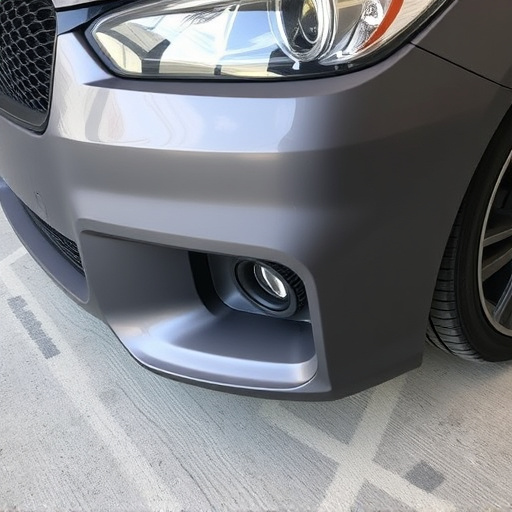
3D car scanning technology is revolutionizing the automotive industry by offering unprecedented levels of precision and efficiency in diagnostics. This cutting-edge innovation goes beyond traditional measurement methods, providing a detailed digital representation of vehicles, including their exterior and interior components. By capturing millions of data points through advanced sensors and laser scanners, this technology creates highly accurate 3D models that can be used for various purposes, from auto body painting to collision repair.
The process begins with the vehicle being positioned within the scanner’s field of view, which then meticulously scans every curve, contour, and angle of the car’s surface. This data is then processed using specialized software, generating a comprehensive 3D model that can be manipulated and analyzed virtually. This not only aids in identifying damage during collision repair but also ensures precise measurements for custom auto body painting jobs, allowing for flawless results. Moreover, it enables mechanics to navigate complex repairs with enhanced visibility and accuracy, ultimately improving overall vehicle diagnostics.
Impact on Diagnostics: Enhancing Precision and Efficiency

The integration of 3D car scanning technology into diagnostics has revolutionized the way vehicle damage is assessed and repaired. Traditional methods relying on manual inspection and two-dimensional measurements often fall short in accurately capturing complex car structures, especially after a vehicle collision. This can lead to imprecise repairs, prolonged worktimes, and suboptimal outcomes.
3D scanning offers a game-changer solution by providing highly detailed digital models of vehicles, making it easier to identify and quantify damage. Technicians can now measure and analyze every nook and cranny with unparalleled precision, ensuring that even subtle dents or misalignments are detected. This capability streamlines the diagnostic process, facilitating faster decision-making for effective dent removal and meticulous car body repair in cases of severe vehicle collisions. As a result, 3D scanning technology has become an indispensable tool in achieving efficient and accurate diagnostics, ultimately improving overall repair quality.
Future Applications: Revolutionizing Automotive Maintenance

The future of automotive maintenance looks set to be revolutionized by 3D car scanning technology. This innovative tool is transforming how vehicle repairs and diagnostics are conducted, promising enhanced accuracy and efficiency in auto body shops. With its ability to create detailed digital models of cars, it offers a non-invasive method to assess damage, especially after collisions. Auto body shops can use these scans to precisely measure repairs needed, ensuring parts are ordered correctly and fitting is flawless, ultimately leading to faster collision repair services.
Furthermore, 3D scanning technology allows for predictive maintenance by identifying potential issues before they become major problems. It enables mechanics to gain a deeper understanding of vehicle structures, facilitating complex diagnostics and promoting safer, more sustainable vehicle repair services. As this technology advances, auto body shops can expect to streamline their processes, reduce costs, and provide clients with even higher-quality service.
3D car scanning technology is poised to revolutionize diagnostics, offering unprecedented precision and efficiency. By providing detailed digital models of vehicles, this innovative tool enables more accurate assessments and targeted repairs. As this technology continues to evolve, its future applications in automotive maintenance promise to streamline processes, reduce costs, and enhance overall vehicle care. Embracing 3D scanning represents a significant step forward in the digital transformation of the automotive industry.
